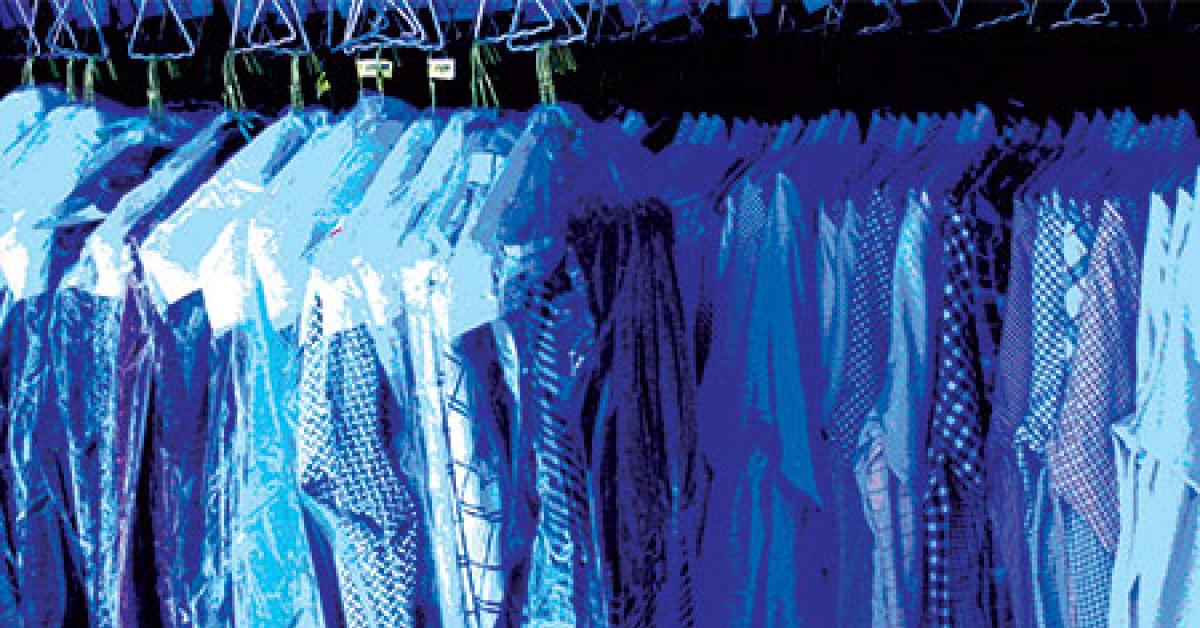CONCORD, N.C. — It may be old-fashioned to you, but some consumers expect to receive their garments stain- and odor-free from a garment care professional.
Where do you rank supplemental stain removal? Think about it for a moment. Do you believe that your customers agree with your ranking of priorities?
Are you imitating the plant down the street? When is the last time you gave some thought to where your business is and where it is headed? It is my intent to motivate you to revisit those priorities.
Is making the effort to gain knowledge of fibers, construction, dyes and trim necessary? Does having a knowledgeable cleaner/spotter contribute to your long-term prosperity? Is the time spent on supplemental stain removal an advantage to protecting your investment?
Does your business model have room for more than “turning pieces?” Are you sure — really sure — that speed and price are more important than stain removal to the consumer?
Those are a lot of questions. But remember, you are betting your future on the answers.
Every cleaning system needs help from time to time. Post-spotting is a necessary part of a modern cleaning operation. Pre-spotting is a time- and labor-saving process, as well as making post-spotting easier.
Having the appropriate chemical tool to treat the specific stain is a simple and economical way to drastically improve the quality of your finished product.
Sending your cleaner/spotter to one continuing education class per year is an investment that will give you a wonderful return. It will keep your employee aware of recent improvements in garment care tools and techniques.
You will experience a significant reduction in damage claims. It is an invalid assumption that the garment care industry is only about the machine and the immersion solution.
Once in place, a protocol of inspection after cleaning and before finishing will pay dividends. There is a point at which the priority for quick “throughput” ceases to be of benefit. It only takes a moment to pre-treat a nail polish stain.
Studies have shown that it costs over five times as much to get a new customer than it does to keep an existing one. So keep your existing customer base and build on that foundation with a modest tweak in company attitude and employee work practices.
You can go even further by training anyone who has contact with the consumer to sell your professionalism by recognizing stains by appearance, color, texture and location.
It comes down to a business decision. While others may choose to hire employees for low wages that usually leads to high turnover, you can invest an amount of less than 5% of your equipment budget in continuing education for your existing employees and really set yourself apart in the marketplace.
I hope I have caused you to think about where you place your business priorities. It is a fact that “Sorry” tags are a poor substitute for quality results.
Additionally: You may have read that the EPA has put its re-evaluation of TCE/trichloroethylene on hold for the time being. You can read about it at https://chemicalwatch. com. An article dated Dec. 21, 2017, notes, “The U.S. EPA has signaled it is shelving proposals to restrict the
use of the solvents methylene chloride (dichloromethane), n-methylpyrrolidone (NMP) and trichloroethylene (TCE).”
I believe this is temporary. Do not stop searching for an adequate replacement. It has been a staple of the cleaning industry for many years and is highly effective on a limited range of chemically soluble stains. It has a serious image problem that is not going away.
To read Part 1, go HERE.
Have a question or comment? E-mail our editor Dave Davis at [email protected].

